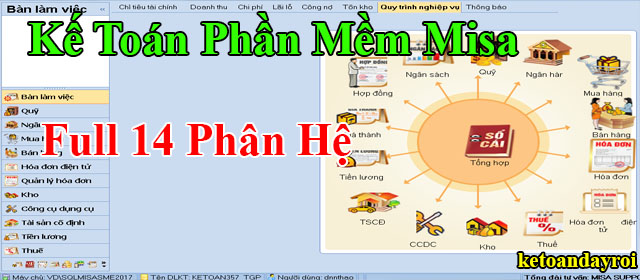Equity represents the residual interest in the assets of a company after all liabilities have been paid. It includes things like retained earnings, common stock, and additional paid-in capital. Liabilities, on the other hand, are the obligations that debits and credits a company owes to others. This includes things like loans, accounts payable, and taxes owed. Contra accounts are important because they help to ensure that financial statements accurately reflect the true financial position of an organization.
What Are Some Common Misunderstandings About Debits and Credits?
Only when everything balances can reliable financial statements be produced. Managing debits and credits is essential for keeping financial records QuickBooks accurate and ensuring smooth operation. While they may seem straightforward, using them without mistakes is critical to maintaining financial health.
Proper Journal Entry Formatting
- This system uses double-entry bookkeeping, meaning every transaction requires both a debit and credit entry.
- As noted earlier, expenses are almost always debited, so we debit Wages Expense, increasing its account balance.
- As the work is completed over time, a portion of that unearned revenue is recognized as earned by debiting unearned revenue and crediting service revenue.
- At the same time, by putting money into the company, equity increases as well.
- To accurately reflect this obligation, an adjusting entry is made by debiting wages expense and crediting wages payable.
- An adjusting journal entry is a core principle of accrual accounting.
In accounting, debits and credits form the backbone of the entire financial recording system. Accountants use these fundamental concepts to track and report each business transaction, which ultimately feeds into financial statements. Every single transaction impacts at least two accounts, ensuring that the books remain balanced through the Double-Entry Bookkeeping System. They are used to record financial transactions in a company’s accounting system.
Example: General Ledger, Asset Accounts, Liabilities, Revenue and Expense Accounts
- Liability and revenue accounts are increased with a credit entry, with some exceptions.
- It is the cornerstone of a successful bookkeeping system and ensures that financial statements are reliable and trustworthy.
- The two entries must be equal and opposite, ensuring that the accounting equation remains balanced.
- Since expenses reduce overall equity, they are recorded as debits, with the corresponding credit typically applied to either reduce cash or increase a liability.
- The left side of the T represents the debit side, and the right side represents the credit side.
Accounts such as Cash, Investment Securities, and Loans Receivable are reported as assets on the bank’s balance sheet. Customers’ bank accounts are reported as liabilities and include the balances in its customers’ checking and savings accounts as well as certificates of deposit. In effect, your bank statement is just one of thousands of subsidiary records that account for millions of dollars that a bank owes to its depositors. As the entry shows, the bank’s assets increase by the debit of $100 and the bank’s liabilities increase by the credit of $100. The bank’s detailed records show that Debris Disposal’s checking account is the specific liability that increased. Since cash was paid out, the asset account Cash is credited and another account needs to be debited.
- As a result, debits and credits play an essential role in accounting by providing a way to track financial transactions and ensure that the books remain balanced.
- The basis of bookkeeping lies in understanding debits and credits.
- When dealing with stocks and bonds, it is important to understand how these assets are recorded in an accounting system.
- As the company delivers the service monthly, it gradually recognizes $100 as revenue.
- These exercises help students see how money flows and affects different accounts in real situations.
- Below is the timeline of how it would be recorded in the financial books.
In this way, every transaction has a corresponding debit and a credit of equal value. Debits and credits affect the balance of different accounts in the financial statements, and accountants need to understand how they work to maintain accurate records. Essentially, a debit increases the balance in a debit account, while a credit increases the balance in a credit account. Understanding the principles of debit and credit accounting is crucial for anyone in the accounting field. Expenses are a vital part of business operations and include costs such as salaries, rent, utilities, and marketing.
What is a credit in accounting?
This version includes all updates and serves as the foundation for preparing accurate financial statements. The adjusted balances ensure that revenues and expenses are aligned properly and all assets and liabilities are accurately reported. Prepaid expenses represent payments made in advance for goods or services that will be received or used in future periods. They ensure that revenues and expenses are recorded in the period in which they actually occur, not simply when cash is exchanged. These adjustments bring financial records up to date before financial statements are prepared, keeping them accurate and compliant with accounting principles.








